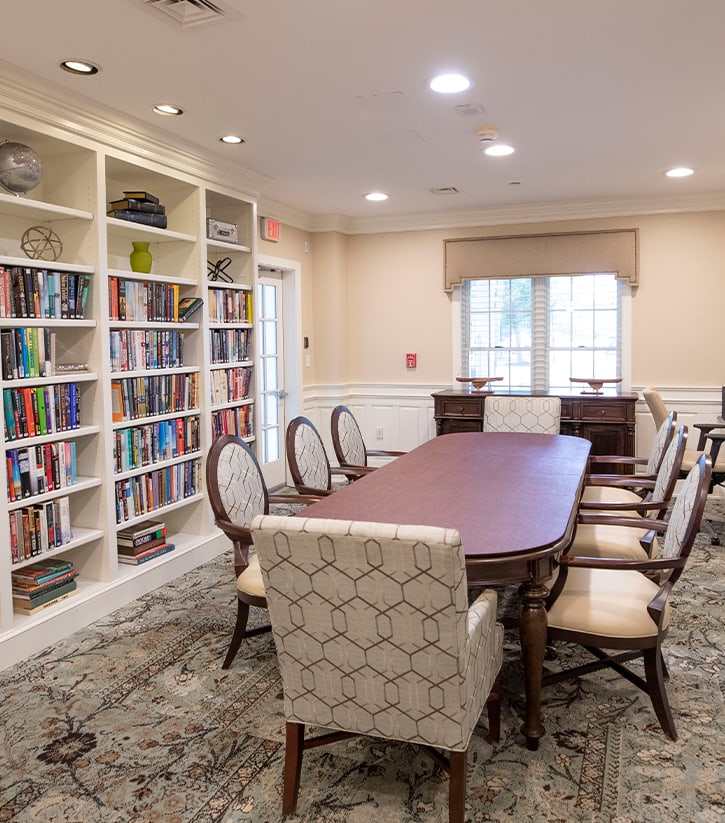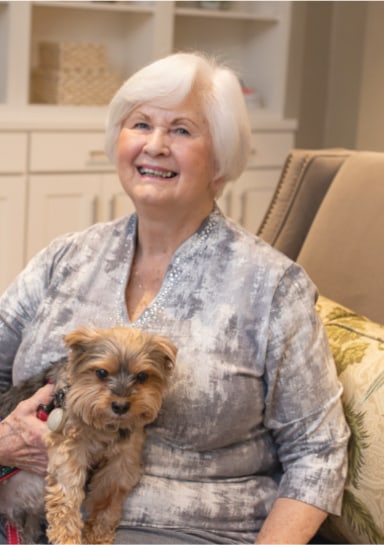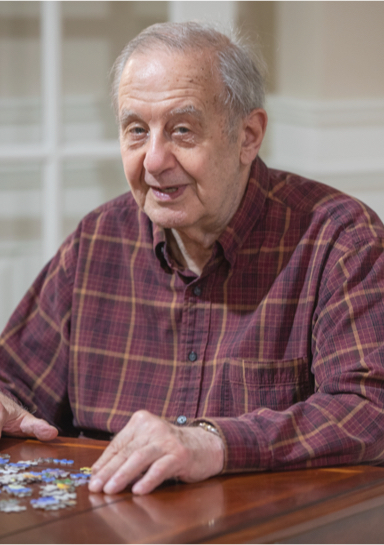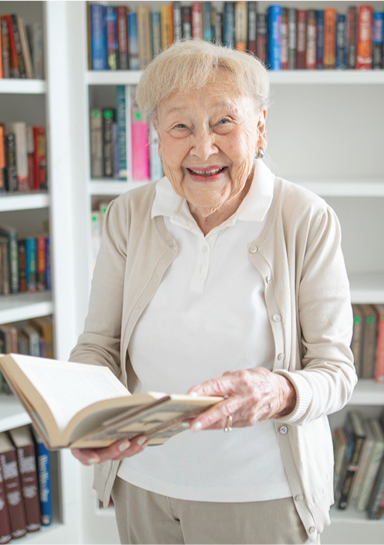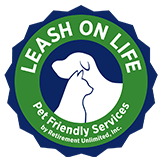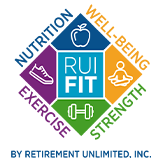Key Takeaways
Yes, seniors can get too much exercise, but finding the right balance helps you stay active, healthy, and independent. Understanding your body’s signals and working with proper guidance can make all the difference in creating a sustainable fitness routine.
At independent living and assisted living communities, fitness programs are designed specifically with seniors’ personal needs in mind, helping everyone find that sweet spot between staying active and staying safe.
Understanding Exercise Limits for Seniors
Why Exercise Guidelines Change with Age
Your body changes as you age, and so should your approach to fitness. What worked in your 40s might not serve you well in your 70s.
Your muscles, joints, and cardiovascular system all adapt over time. This doesn’t mean you should slow down—it means you should exercise smarter.
Recovery time naturally increases with age, making rest days just as important as workout days. Your body needs time to repair and strengthen between exercise sessions.
Individual Factors That Affect Exercise Tolerance
Your personal health history plays a major role in determining your exercise limits. Conditions like arthritis, heart disease, or diabetes all influence what types and amounts of activity work for you.
Medications can also affect your exercise tolerance and recovery time. Some medications may make you feel more tired or affect your balance during physical activity.
Your current fitness level matters too—sometimes even more than your age. Someone who has stayed active throughout their life will likely tolerate more exercise than someone just starting their fitness journey.
How Much Exercise Should a 70-Year-Old Have?
CDC Recommendations for Adults Over 65
The CDC recommends at least 150 minutes of moderate-intensity aerobic activity each week for adults over 65. Moderate-intensity means you can still hold a conversation while exercising, but you’ll notice your breathing quicken. Think brisk walking, water aerobics, or dancing.
You should also include muscle-strengthening activities at least two days per week. These activities should work all major muscle groups—legs, hips, back, abdomen, chest, shoulders, and arms.
Breaking Down the 150-Minute Weekly Goal
150 minutes might sound like a lot, but it breaks down to just over 20 minutes per day. You don’t need to exercise for long stretches to meet this goal. Three 10-minute walks throughout the day count just as much as one 30-minute session.
You can also mix moderate and vigorous activities throughout the week. 75 minutes of vigorous activity equals 150 minutes of moderate activity according to the CDC.
Strength Training & Balance Exercise Requirements
Strength training doesn’t require heavy weights or complicated equipment. Resistance bands, light dumbbells, or even your own body weight can provide effective muscle-strengthening workouts.
Balance exercises become increasingly important as you age. Simple activities like standing on one foot or walking heel-to-toe can help prevent falls and maintain your independence.
Warning Signs You’re Getting Too Much Exercise
Physical Symptoms of Over Exercising
Your body will tell you when you’re pushing too hard. Pay attention to these warning signs:
- Persistent fatigue that doesn’t improve with rest
- Unusual muscle soreness lasting more than 2–3 days
- Decreased performance in regular activities
- Frequent injuries or slower healing
- Joint pain that worsens with activity
- Trouble sleeping or changes in appetite
When to Scale Back Your Routine
If you notice any of these symptoms, it’s time to reduce your exercise intensity or frequency. Taking a step back now prevents more serious problems later.
Listen to your body on a daily basis. Some days you’ll feel energized and ready for activity, while others call for gentler movement or rest.
Remember that scaling back doesn’t mean giving up. It means adjusting your routine to match what your body needs right now.
Safe Exercise Options for Active Seniors

Low-Impact Activities That Deliver Results
You don’t need high-impact activities to stay fit and healthy. These gentler options can provide excellent benefits:
- Water aerobics for joint-friendly cardio
- Chair yoga for flexibility and balance
- Walking programs for cardiovascular health
- Resistance band workouts for strength
- Tai chi for balance and stress relief
- Swimming for full-body conditioning
How Independent Living Communities Support Fitness Goals
Many senior living communities offer structured fitness programs designed specifically for individual needs and fitness levels. These programs take the guesswork out of exercise planning while providing social connection.
Professional fitness instructors in these communities understand the unique needs of active seniors. They can modify exercises for different ability levels and help you progress safely.
Group fitness classes also provide accountability and motivation that’s harder to find when exercising alone. You’re more likely to stick with a routine when it’s part of your community’s regular activities.
Benefits of Personalized Exercise Programs
Physical Health Improvements
The right amount of exercise helps maintain bone density, muscle mass, and cardiovascular health. You’ll notice improvements in your strength, endurance, and flexibility when your routine matches your needs.
Regular, appropriate exercise also helps manage chronic conditions like diabetes, arthritis, and high blood pressure.
Mental Health & Social Connection Benefits
Exercise releases endorphins that naturally boost your mood and reduce stress. You’ll often feel more positive and energetic after physical activity.
Group fitness activities provide social interaction and friendship opportunities. Research shows that social interactions contribute significantly to your overall well-being and quality of life.
Regular exercise can also improve sleep quality and mental clarity too, helping you feel more alert and engaged throughout the day.
How Regular Activity Supports Independence
Staying active helps you maintain the strength and balance needed for daily activities like climbing stairs, carrying groceries, or getting dressed. This independence is something you’ve earned through years of hard work.
Exercise also reduces your risk of falls, which are one of the leading causes of injury in adults over 65. Better balance and stronger muscles help you navigate your environment safely.
Creating Your Personalized Exercise Plan
Working with Healthcare Providers
Before starting any new exercise program, talk with your healthcare provider about your goals and current health status. They can provide valuable guidance on what activities are right for you.
Your doctor can also help you understand how your medications might affect your exercise routine. Some adjustments might be needed to optimize both your health management and fitness goals.
Starting Slow & Building Gradually
Begin with activities you enjoy and can do comfortably. You can always increase intensity or duration as your fitness improves.
Set realistic, achievable goals that motivate rather than overwhelm you. Celebrating small victories helps maintain your enthusiasm for staying active.
Track your progress in a simple way that works for you. This might be a journal, smartphone app, or just checking off days on a calendar.
Finding Support in Senior Living Communities
Senior living communities like Bay Lake understand that staying active is part of living well. Our RUI FIT program combines fitness with fun and community engagement, offering health and wellness classes designed specifically for you.
You don’t have to figure out the right exercise routine on your own. Professional guidance, modern gyms, and supportive community members can help you maintain an active, fulfilling lifestyle.
Ready to explore how the right community support can enhance your active lifestyle? Contact Bay Lake today to schedule a tour and discover how our fitness programs can help you stay strong, healthy, and engaged in the life you deserve.
